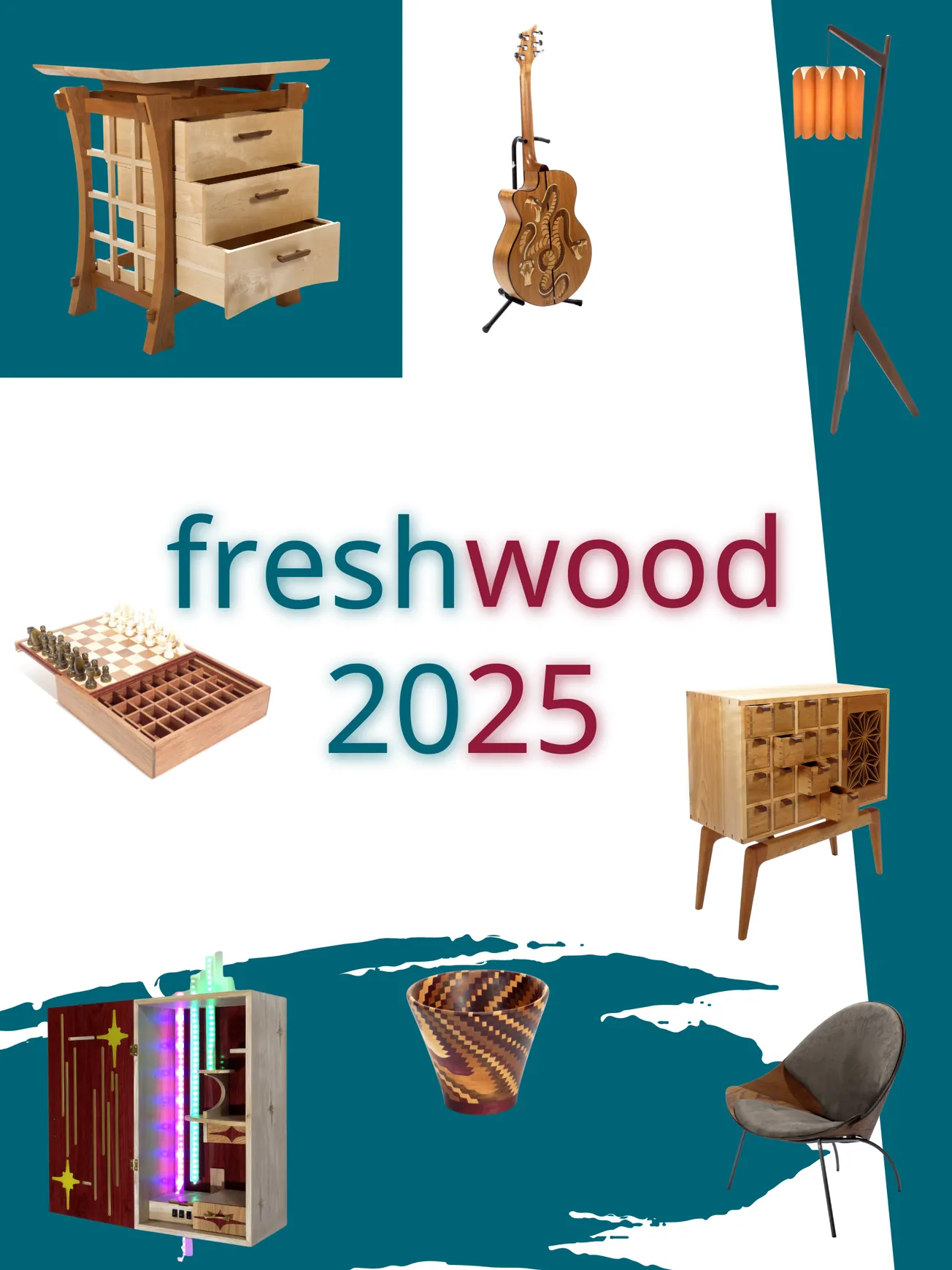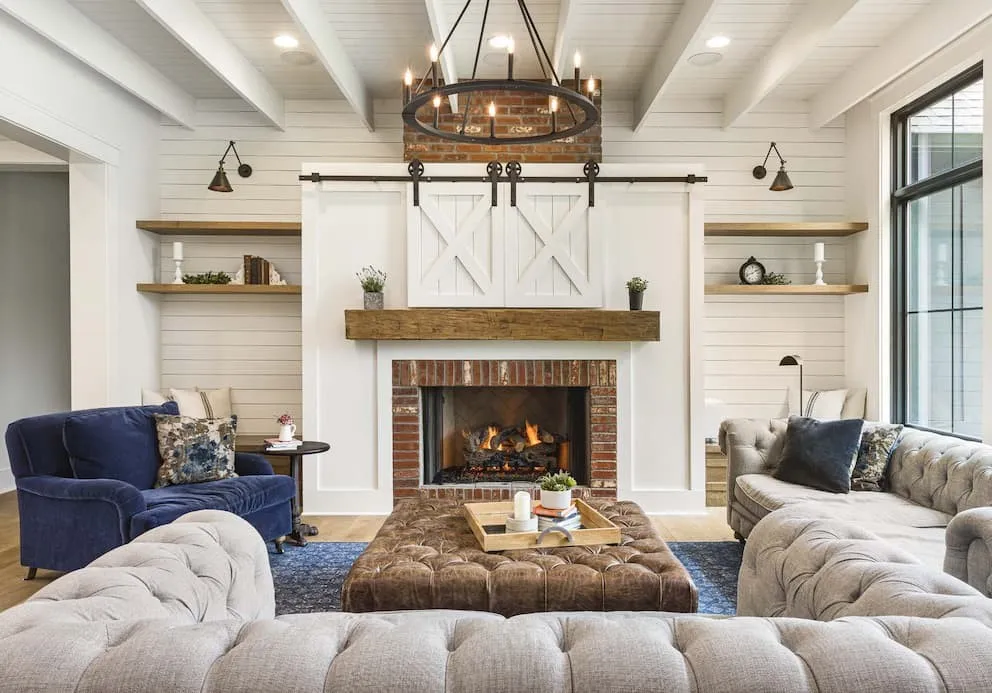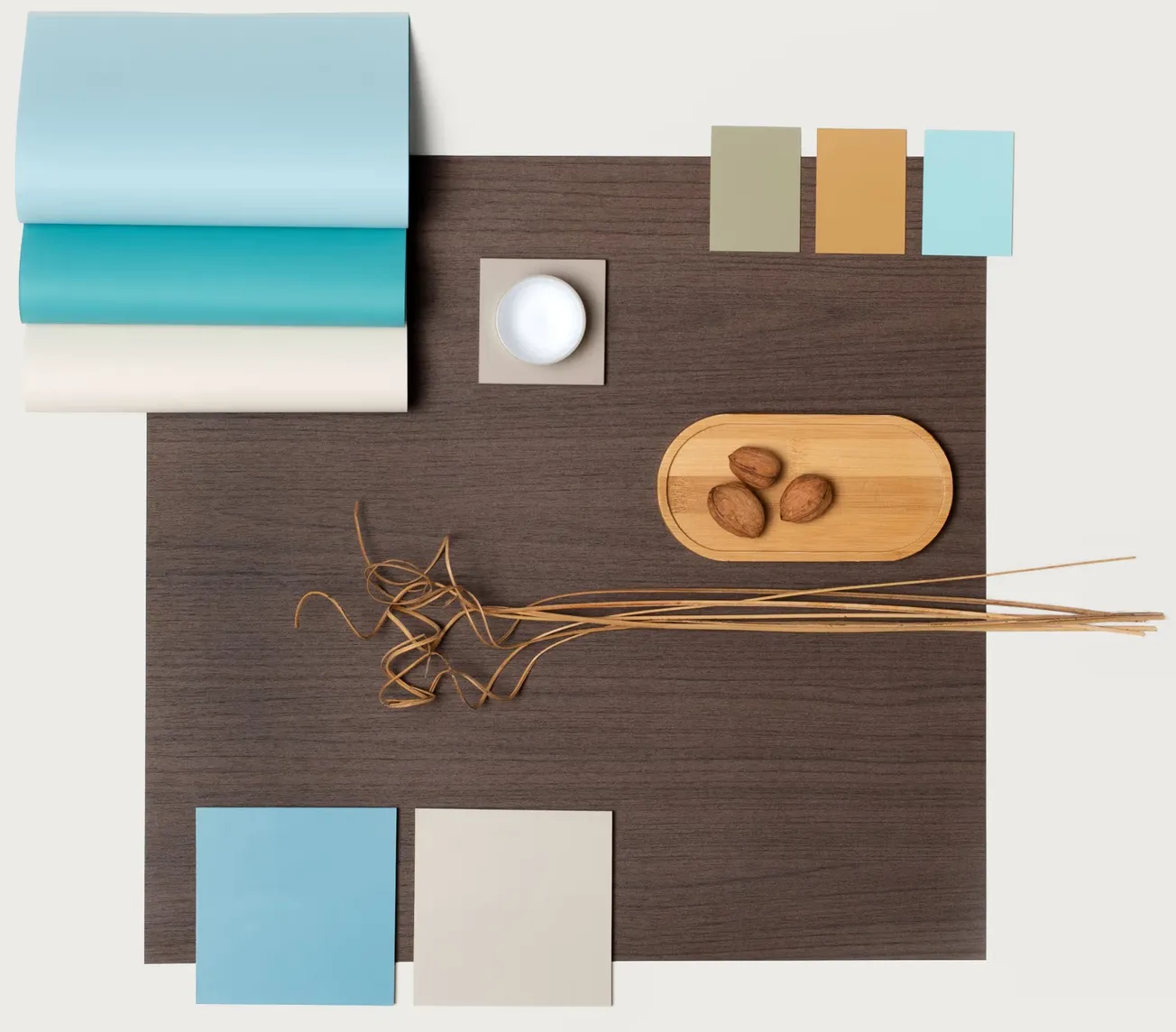Table of Contents
Non-Added Formaldehyde, Zero-VOC solutions are here today in wood composite products, and the enabling technology is bio-based.
By EcoSynthetix
When thinking about construction it’s easy to envision large wood sheets or lumber in a raw state used by contractors in the construction of new homes. Less so, do we consider the myriad of interior home goods we use every day that are built from engineered wood products.
Reading any home décor magazine, articles are populated with happy people surrounded by their favorite home furnishings. From hosting a dinner party in a newly renovated kitchen, to playing with their pets on new wood floors, or putting their kids to bed in a new bedroom set, the images portray daily activities where we are in close interaction with the materials around us.
|
1 – Typical home decor advertisement, 2018 IKEA catalogue |
The chemical composition of these materials, in recent years especially, has come to the forefront of public consciousness as we have learned that many of the most common materials found in our homes can be emitting toxic levels of VOC’s. These VOC’s are causing what the Environmental Protection Agency (EPA) calls Sick Building Syndrome (SBS). SBS is used to describe situations in which building occupants experience acute health and comfort effects that appear to be linked to time spent in a building. Chemical contaminants from indoor sources are one of the leading causes, and studies have shown adhesives, carpeting, upholstery, manufactured wood products, copy machines, pesticides, and cleaning agents may emit contaminants, including formaldehyde within the building.
As a result, paint products are now widely marketed in Low or Zero VOC offerings and command a significant market share and a large amount of advertising resources.
2 – Zero VOC paint advertisement, Home Depot
Less noticeable, but still present nonetheless, has been the change in VOC’s on insulating products for our homes. In 1980, Canada banned the use of UFFI (Urea Formaldehyde Foam Insulation). Over the past 40 years, allowable formaldehyde emission levels have steadily decreased, and today, Health Canada’s residential indoor air quality guidelines recommend a long-term exposure limit for formaldehyde of 0.04 ppm.
In response, the fiberglass insulation industry has made significant strides in developing Non-Added Formaldehyde binding systems. After relying on technology that was invented in 1938, the investments in R&D paid off and as of October 2015 every plant in the USA and Canada now produces a Non-Added Formaldehyde (NAF) product.
3 – Healthy Building Network, 2015
What’s interesting to note is that this change was not government mandated. Jim Vallette, Research Director of the Healthy Building Network, summarized it pointedly saying, “A well-informed marketplace, not federal or state environmental regulation, drove this change.”
Non-added Formaldehyde in Wood Composites
So why have wood composite products not quite followed the same trend toward Zero-VOC chemistries? The California Air Resources Board (CARB) has put out stringent standards for retailing wood composite products, limiting formaldehyde emission levels to 0.05ppm. It’s notable that wood itself naturally emits fomaldehyde and that, while “zero” is not a practical goal, the efforts of the industry have shown that meaningful steps are possible.
One reason for the slower trend toward NAF resins has been the lack of viable binders, other than formaldehyde-based resins, that can bring acceptable performance in the manufacturing of panels. The OSB industry has experienced the largest shift away from formaldehyde-based binders towards the use of Polymeric MDI (pMDI). pMDI brings significant board strength and moisture resistance improvements, while also being a non-added formaldehyde solution. In the OSB market, pMDI resin is now the binder of choice for over 50% of panels manufactured.
Which raises the question of why has this not caught on to the same extent in particle board (PB) and MDF production? Due to manufacturing differences from OSB, a pMDI resin system has posed significant difficulties in manufacturing in PB and MDF. Particle board systems require a certain threshold of ‘tack’ which measures the ability of a mat of unpressed wood fibers to retain its shape prior to entering the press. Without enough tack, surface defects will occur. pMDI, as a resin system on its own, does not exhibit the same tack level as a formaldehyde-based binder. Some operations running non-continuous presses have lower tack requirements, however, many new plants are installing more productive continuous lines which pose a more significant challenge in overcoming tack issues.
MDF, like particle board, also has challenges using pMDI due to processing issues. In production, MDF fibers are sent through a pressurized steam blow-line and sprayed with resin at a high pressure. pMDI, when used in this system, has a high tendency to pre-cure inside the blow-line and cause the equipment to plug with hardened resin, often resulting in a facility shutdown for extended cleaning.
Enabling Solutions Are Available Today
Burlington, Canada-based company EcoSynthetix pioneered a solution for healthy, renewable coatings for paper products. Their EcoSphere coatings have been a mainstream solution in paper production for 10 years.
After extensive development, EcoSynthetix engineered DuraBind biopolymers for the wood panel industry. DuraBind has been designed from bio-based materials to eliminate the processing challenges in producing wood panels, while maintaining binder performance to enable the production of Non-Added Formaldehyde products.
In both PB and MDF, panels made with DuraBind have been proven to show equal to, or better performance than formaldehyde-based panels while improving the processing of the binding resin system. As shown in Figure 4, the typical DuraBind/pMDI resin system meets board technical specifications for strength, bending modulus, and thickness swell, as compared to a standard board produced with a Urea Formaldehyde resin system. In addition, the DuraBind adhesive system contains 30-50% bio-based material and eliminates formaldehyde from the resin formulation.
|
|
CONTROL (UF 9%) |
DURABIND SYSTEM (3%) |
|
I.B. (N/mm2) |
0.55 |
0. 53 |
|
M.O.R. (N/mm2) |
11 |
10.5 |
|
M.O.E. (N/mm2) |
2280 |
2320 |
|
24h T.S. (%) |
23.5 |
20.5 |
|
Surface soundness (N/mm2) |
1.12 |
1.06 |
|
Density (kg/m3) |
675 |
675 |
|
Resin bio content [%] |
0 |
30-50% |
4 – DuraBind system compared to typical UF formulation
Figure 5 illustrates the gain in tack performance on a particle board line. Manufacturing process improvements like these are what allow for non-added formaldehyde boards to be run through modern continuous presses without experiencing surface defects and enabling the use of Non-Added Formaldehyde resin systems.
5 – Tack Performance with DuraBind
Zero-VOC, the cost of change is fractional
DuraBind technology has enabled the production of Non-Added Formaldehyde composite panels, especially for particle board and MDF. It is these products that are making their way into many of the residential interior products we purchase today. Both MDF and particle board are used extensively in kitchen cabinetry & countertops, living & bedroom furniture, and engineered wood flooring solutions. They are sold by both small local and large multinational retailers alike. Today, all North American panel manufacturers conform to the stringent CARB 2 and EPA standards, and the industry and retailers work co-operatively on further improvements. This has led some progressive suppliers to produce and market Non-Added Formaldehyde products today.
While a Non-Added Formaldehyde system can cost more, the incremental cost of a finished product to the consumer is less than you would think. We asked local millwork contractors quoting a new kitchen installation to provide an estimate for both a Formaldehyde resin containing kitchen and a kitchen using Non-Added Formaldehyde wood panels. After independently sourcing NAF wood through their typical channels, they discovered that the financial premium to the customer for upgrading to an NAF system was only $250 total. This represented approximately 1% of the total kitchen installation cost.
The increasing number of Zero-VOC products on the market is an indication of the changing trends in consumer tastes. A study by McKinsey & Company indicates that when it comes to green products, most consumers are willing to pay at least a 5% premium, with some consumers prepared to spend 20% or more (Figure 6). These trends are expected to continue to grow in favor of sustainable products. In an interview with CNBC in 2016 Peter Brabeck-Letmathe, CEO of Nestlé, said; “If you look at the millennials, they are the first generation now who are willing consciously to spend more for better quality, for sustainability, for traceability. I think there is a change”.
6 – Mckinsey & Company survey on green purchasing trends
Other industry leaders are also taking notice. Both Walmart and Home Depot have publicly announced their intention to remove products made with hazardous chemicals from their shelves. The lists include many chemicals, but make specific mention of further limiting formaldehyde from certain wood based products. One of the largest home retailers, Ikea, addressed the International Conference On Wood Adhesives in 2017 and outlined their goals for moving away from hazardous products. Johan Bruck, Ikea’s Deputy Material and Innovation Leader presented, “The company intends to convert presently used adhesives systems from fossil-based to bio-based systems,” and “continuously reduce the emission levels for formaldehyde.”
Many industries are seeing this shift in consumer sentiment and importance placed on healthy, sustainable products. Bio-based chemistries are here today and are growing in application, enabling the implementation of Zero-VOC resin systems to make more renewable and safer products.






